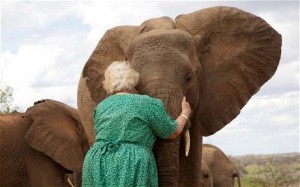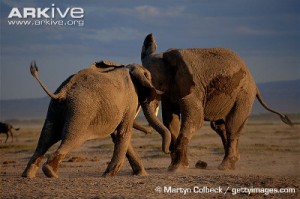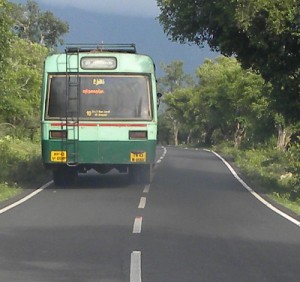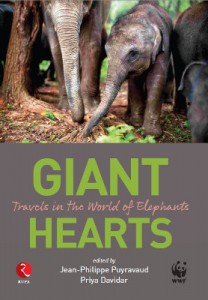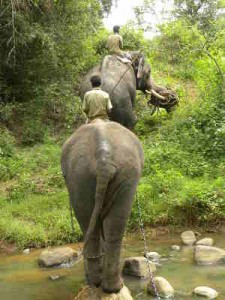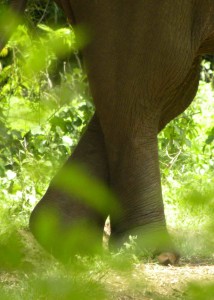Revelation on World Elephant Day
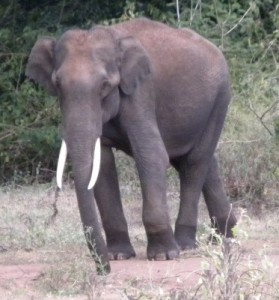
Picotti, the Messenger.
It is now two years that I live almost continuously in the jungle surrounded by elephants. Little by little, I rediscover for myself what must have been the tribal’s knowledge. Therefore, I am not the first on the elephants’ continent, far from it. I even remember seeing on TV Indonesian villagers allowing elephants to “use” their village land during migration. However, experience is different from knowledge. It provides a sense of closeness, a bond.
In the book we recently edited –Giant Hearts, Priya Davidar and I tell an experience we had. To make it short, I went in the middle of an elephant herd to give water to the elephants. As I am better experienced with the elephant body language, I know what to do and how not to disturb them. The elephants observed me and came to drink when the tank was full and we thought it was pure grace. But it was not. It was normal behavior. Elephants are not as aggressive as we think they are and this is how I rediscovered it for myself.
Before leaving Cheetal Walk for a short while, I had to go to the well where a young bull, I was not acquainted with, was standing at nightfall. I decided to go in the full view of the elephant who was 20 to 30 m from the well. However, I walked slowly, deliberately, talking softly to the elephant, making sure he could see me. I always observed him, never went straight at him and I had decided to stop and return to the house at the slightest hint of discomfort. He could charge or run away. But looking at me, he continued to feed, scratched the soil with his tusks, dusted himself. I did my work and I slowly came back to the house, all the time watching the elephant. He did not budge, did not bother.
I was seriously puzzled by this experience that happened on 12 August 2015, World Elephant Day, because it went against what I knew about elephants. My earlier encounter with the herd was exceptional, I thought. I reasoned that the herd or some individuals had a purpose for letting me approach. They may have seen other persons providing water. But here, there was no purpose. The elephant was at peace with me because I approached the right way and did not go beyond his level of comfort, which varies with circumstances. Females with young would have far lower thresholds of tolerance.
With this encounter, I now tend to believe that the aggressiveness we see in elephants is mostly a response to our aggressiveness. We need to change.
Jean-Philippe Puyravaud.


